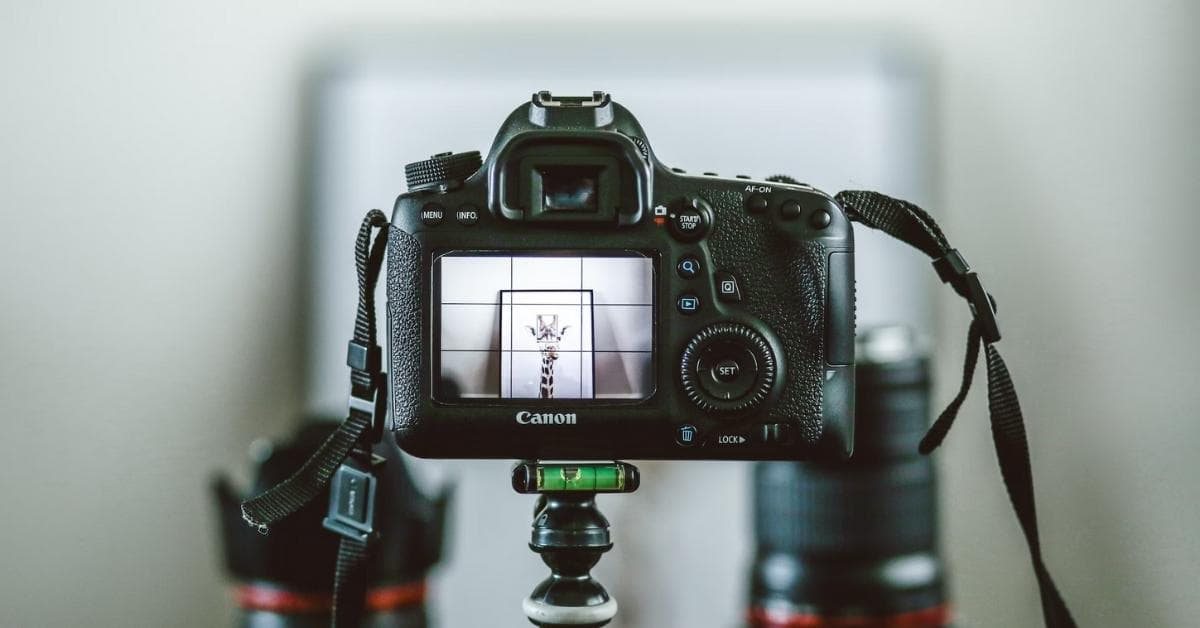One of the critical elements in achieving stunning product images is selecting the right camera. With numerous options available, finding the best camera for product photography can be a daunting task. This comprehensive guide will help you navigate through the features and considerations to ensure you make an informed decision.
Understanding Camera Basics Basics
In this exploration, we delve into key aspects like sensor size, megapixels, and lens selection to empower you in making informed choices for impeccable product photography.
Sensor Size:
The size of the camera sensor plays a crucial role in determining image quality. Cameras with larger sensors generally capture more light, resulting in better image quality, especially in low-light conditions. Full-frame and APS-C sensors are popular choices for product photography due to their ability to produce sharp and detailed images.
Megapixels:
While a higher megapixel count is often associated with better image quality, it’s not the only factor to consider. For product photography, a camera with at least 20 megapixels is generally sufficient for capturing intricate details without compromising file sizes.
Lens Selection:
Investing in quality lenses is as important as choosing the right camera. A lens with a wide aperture (lower f-number) allows more light to enter, facilitating better performance in low-light conditions and achieving that desirable background blur (bokeh) effect.
Best Cameras for Product Photography
Navigating the diverse landscape of cameras for product photography requires insight into standout options. Check out the top options below.
1. Canon EOS 5D Mark IV:
- Full-frame sensor for superior image quality.
- 30.4 megapixels for detailed shots.
- Excellent autofocus system for precision.
2. Nikon D850:
- High-resolution 45.7-megapixel sensor.
- Wide ISO range for versatile shooting conditions.
- 4K video capabilities for multimedia use.
3. Sony A7R IV:
- 61 megapixels for incredibly detailed images.
- Advanced autofocus system for quick and accurate focusing.
- Compact and lightweight for portability.
FAQs
Q1: Do I need a full-frame camera for product photography?
A: While full-frame cameras provide superior image quality, APS-C sensors can also deliver excellent results. Consider your specific needs and budget when making a decision.
Q2: What is the ideal megapixel count for product photography?
A: A camera with at least 20 megapixels is generally sufficient for product photography. Higher megapixels can be beneficial for detailed shots or cropping.
Q3: How important is the lens for product photography?
A: The lens is crucial. Invest in lenses with wide apertures for better low-light performance and the ability to create a pleasing bokeh effect.
Q4: Can I use a mirrorless camera for product photography?
A: Absolutely. Mirrorless cameras, like the Sony A7R IV, offer excellent image quality, autofocus systems, and portability for product photography.
Q5: What is the role of lighting in product photography?
A: Lighting is paramount. Use soft, diffused lighting to eliminate harsh shadows and highlight product details. Consider investing in a quality lighting setup for professional results.
Conclusion
Choosing the best camera for product photography involves a careful consideration of sensor size, megapixels, and lens quality. The Canon EOS 5D Mark IV, Nikon D850, and Sony A7R IV are excellent choices, each offering unique features to meet different needs. By understanding these factors and addressing common questions, you can confidently select the perfect camera to elevate your product photography game.
This page was last edited on 20 January 2024, at 4:00 pm
